- The Chabahar Port agreement between India and Iran represents a significant milestone in the region’s geopolitical relations;
- The United States’ concern is evident, the agreement is seen as a direct challenge to its policies to isolate Iran;
- The port could become a vital commercial hub for India, promoting regional integration and creating new economic opportunities.
India and Iran, by establishing an ambitious pact, not only reshaped the region’s trade routes, but also laid the foundation for a possible new geopolitical order in Asia.
Amid this change, this agreement did not go unnoticed by the eyes of the United States and Washington’s concern is echoed in its policies of isolating Iran and maintaining its influence in the region.
But amid this quest for power, the question arises: what will be the next move in this geopolitical game between India, Iran and the United States?
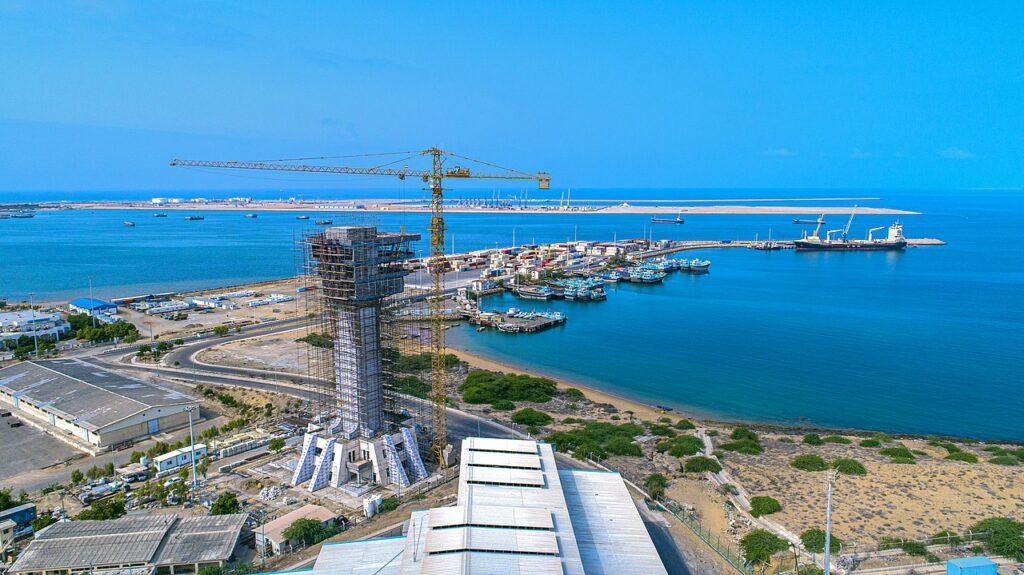
What is the Chabahar Port agreement about?
Think of a port located on the coast of southern Iran, a strategic meeting point between the waters of the Indian Ocean and the Gulf of Oman.
This is Chabahar Port, a place that is not only a hub of trade but also a symbol of geopolitical alliances and strategies.
The Chabahar Port agreement is a bold and ambitious commitment between India and Iran that promises to redefine trade routes in the region. It was signed between Indian Ports Global Ltd. (IPGL) and Ports and Maritime Organization (PMO) of Iran, allowing the operation of the Shahid-Behesti terminal by the Indian company.

Signed in the middle of the Indian elections, this 10-year pact is a milestone for India, which commits to investing around 120 million dollars to develop and operate the terminal. Additionally, India offers Iran a $250 million line of credit to modernize the port’s infrastructure.
The history of this port begins in 2003, when India saw an opportunity to create an alternative route to access markets in Central Asia and Europe, avoiding going through Pakistan, due to their rivalries.
However, it was only in 2015 that a formal agreement was signed, and construction gained momentum in 2016, with Prime Minister Narendra Modi promising a major investment of $500 million.
Chabahar is more than just a port; it is the key to a strategic corridor connecting India to Afghanistan and beyond to Central Asia.
With a prime location just 550 nautical miles from the Indian port of Kandla, it offers a faster and safer route to transport goods, especially to regions where land routes are complicated and politically sensitive.
The partnership is vital for India, not only for its commercial potential, but also to counterbalance China’s influence in the region. While China builds a “String of Pearls” of ports along the Indian Ocean, India strengthens its position with Chabahar, ensuring a strategic presence in the Persian Gulf.
The development of Chabahar will not only facilitate trade with Iran and Afghanistan, but also open doors for greater interaction with Central Asia, connecting to the International North-South Transport Corridor (INSTC), which promises to significantly reduce transit times. transport compared to the traditional route through the Suez Canal.
Therefore, the Chabahar Port agreement is a strategic maneuver by India to expand its commercial reach and influence the geopolitics of the region, ensuring safer and faster trade routes, while strengthening its relations with Iran.
Why didn’t the United States like the agreement?
In the complex geopolitical game, the United States viewed the Chabahar Port deal with concern. But why?
To understand the restlessness in the United States, we need to go back in history a little. Since 1979, following the Islamic Revolution, relations between the United States and Iran have become extremely tense.
Iran, in the eyes of the US, is seen as a strategic adversary in the Middle East region, supporting groups that the US government considers terrorists and seeking to expand its regional influence. In response, the US imposed a series of stringent economic sanctions on Iran designed to isolate the country economically and politically.
Now, in the midst of this scenario, India decides to sign this important agreement with Iran to develop the Chabahar Port. For the United States, this sounds like a direct challenge to its policies of isolating Iran, as Indian investment in the port represents an injection of capital and resources into a country that the US is trying to weaken economically.
Furthermore, because it is seen as a key player in regions where the United States also has strategic interests, Chabahar Port becomes an additional threat to the US and could diminish its influence in these areas and strengthen Iran’s role as a hub of transport and trade.
Another crucial factor is the issue of security. The US has concerns that the port could be used for purposes beyond trade. It could become a foothold for Iranian military or intelligence operations, increasing Iran’s ability to project power in the region.
The situation becomes even more complex when we consider the growing rivalry between India and China. As China builds ports and invests heavily in infrastructure across the region, the US sees India as a potential ally to counterbalance Chinese influence.
However, by allying with Iran, India complicates this dynamic, as the United States needs to balance its relationship with India without weakening its stance against Iran.
Could the recent death of the Iranian president change things?
An unexpected movement on the geopolitical board occurred: the death of the Iranian president in May 2024.
Iran’s President Ebrahim Raisi was a central figure in the country’s domestic and foreign policy, serving as the main negotiator and coordinator of international relations, including the Chabahar Port agreement with India.
Raisi was a polarizing figure, known for his ultra-conservative policies and controversial record, especially with regard to human rights.
His death in a tragic helicopter crash left many wondering what impact this would have on Iranian politics. But in truth, Raisi’s death doesn’t seem to change things much, and here’s why:
- Power dynamics in Iran: In Iran, the president is not the supreme leader. This position is held by the Supreme Leader, Ali Khamenei, who holds authority over the country’s most crucial decisions, especially on matters of foreign policy and national security.
- Limited role of the president: Although the president has some internal responsibilities such as running the government and dealing with domestic issues, his hands are tied when it comes to important decisions. The Supreme Leader maintains significant control over foreign policy and security matters.
- Quick succession process: After the death of a president, the vice president temporarily assumes responsibilities. Soon after, elections take place to choose a new president. However, the Supreme Leader exercises considerable influence over who can run, ensuring that the new president shares his political vision.
- Continuity in government: Based on this consolidated power system, Raisi’s death does not create a significant leadership vacuum. The Supreme Leader continues to dictate the country’s policies, and the next president is likely to follow his line of thinking.
So while Raisi’s death is a dramatic turn in Iran’s political events, it is not a moment of radical change.
The political game continues with the same rules and players, with the Supreme Leader remaining the dominant figure in Iran’s political landscape.
Therefore, the Chabahar Port agreement with India is unlikely to be affected in this transition.
Why is Chabahar Port geopolitically important and what are the future prospects of this agreement?
The geopolitical importance of Chabahar Port lies in several factors.
As already stated, it offers India a direct route to Afghanistan and other Central Asian countries, bypassing Pakistan, with which India has a tense relationship. This not only facilitates Indian trade but also strengthens India’s position as an influential regional player.
For Iran, the port is a chance to reduce economic dependence on shipping routes that pass through the Strait of Hormuz, which is often monitored by American forces. By developing Chabahar, Iran can diversify its trade routes and attract foreign investment, especially in times of economic sanctions imposed by the US.
Furthermore, Chabahar Port is integrated into the North-South International Transport Corridor, which stretches from India to Russia. This connection can strengthen commercial ties between the countries involved, creating new opportunities for trade and investment.
The future prospects for the Chabahar agreement are intriguing and full of potential, but also uncertainty.
If relations between India and Iran continue to flourish, we can expect a significant increase in commercial activities and more robust infrastructure around the port. This would strengthen local and regional economies, creating a new axis of economic power in Asia.
With improved infrastructure, regional trade through Chabahar Port is likely to increase, benefiting not only Iran and India but also neighboring countries such as Afghanistan and Central Asia.
The development of Chabahar as a commercial hub could attract foreign investment, especially from India and other countries in the region interested in taking advantage of the economic opportunities offered by the port.
Chabahar Port has the potential to promote regional integration by facilitating trade and connectivity between countries in South and Central Asia. This could contribute to the stability and economic development of the region as a whole.
However, a critical factor is the response of the United States and its allies. If the US decides to increase pressure on Iran, it could complicate operations at the port and hamper international partnerships.
Alternatively, but less likely, a more diplomatic approach by the US could open up new possibilities for cooperation and development. What will determine US policy will be the assessment of what is more important to them: rapprochement with India to counterbalance China, or animosity with Iran. Only time will tell.
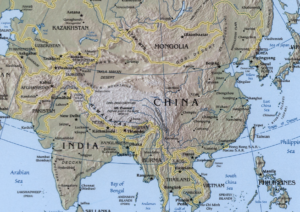
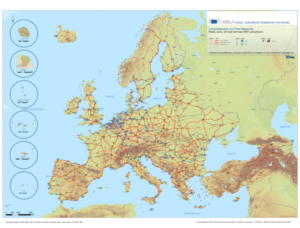




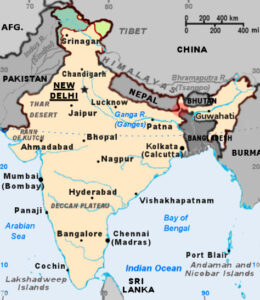

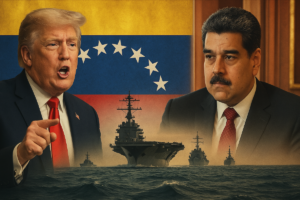
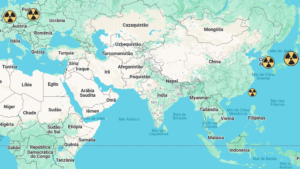
Be First to Comment